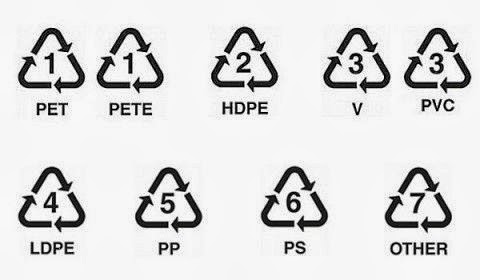Recommended Risk articles
Repayment flexibility and risk taking: Evidence from credit contract. Small firms in developing countries are commonly thought to be prevented from making profitable investments by lack of access to credit and insurance markets. This column uses evidence from an experiment in Bangladesh to show that repayment flexibility leads to substantial improvements in business outcomes and socioeconomic status, as well as lower default rates. The results are driven by an increase in entrepreneurial risk taking, suggesting that lack of insurance is an important constraint for small firms but that a simple financial product that increases repayment flexibility can be an effective tool for enabling growth (VOX).
Risks to the Global Economy in 2019. Over the course of this year and next, the biggest economic risks will emerge in those areas where investors think recent patterns are unlikely to change. They will include a growth recession in China, a rise in global long-term real interest rates, and a crescendo of populist economic policies (Project Syndicate).
Debt overhang, rollover risk, and corporate investment: Evidence from the European crisis. Euro area corporate sector investment collapsed post-crisis, especially in periphery countries. The column uses firm and bank data to investigate whether corporate debt accumulated during the boom years was responsible. Firms with higher leverage or firms that borrowed more decreased investment more, especially when linked to weak banks. These channels explain about 60% of the decline in aggregate corporate investment during the crisis (VOX).
The High Cost of “De-Risking” Infrastructure Finance. The World Bank recently started advising governments to assume the bulk of the risk in public-private partnerships, so as to attract more private-sector players. But in addition to introducing an unacceptable moral hazard, this guidance is creating a possible doomsday scenario for debt-saddled developing countries around the world (Project Syndicate).
Predicting recessions using term spread at the zero lower bound: The case of the euro area. The flattening of the US yield curve has left academics, central bankers and market commentators divided, with one camp interpreting it as a sign of impending recession (in line with historical patterns), and the other camp arguing that this time is different given unprecedented changes in monetary policy and other structural forces. This column argues that the ECB’s quantitative easing programme undermined the performance of term spreads as predictors of recessions. It suggests and tests a modified term spread and several other variables that are more successful at predicting recessions (VOX).
A new measure to assess companies’ external engagement. Big data and advanced analytics allow us to justify investment in social media, just like with other investments (LSE Business Review).
Minimum capital requirements for market risk (BIS).



Comentarios